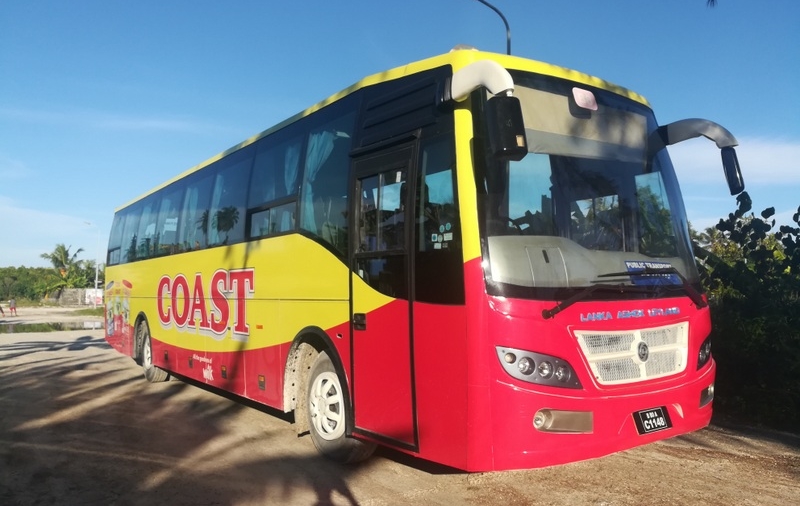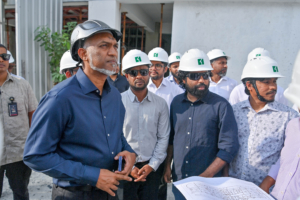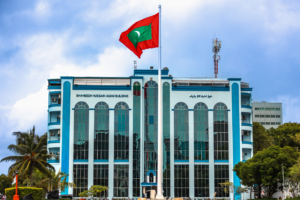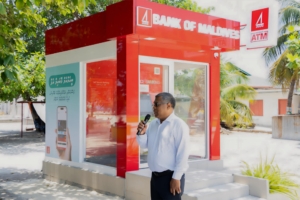The impacts of greenhouse gasses such as environmental pollution, respiratory diseases, and global warming, are well seen around the globe and has become a highly debated topic in the current era of internet and social media. While many factors contribute to increased levels of harmful gasses such as cutting down trees, the use of fossil fuels, and emission from industries, the most common factor is of course, transportation. This is not a surprise as 1/4 of all CO2 emissions are a result of transportation and out of that 3/4 of that comes from road transportation according to a study done by Global Carbon Atlas in 2017.
One factor that is consistently ignored by most of the people while it contributes more than any other factor to greenhouse emissions is personal transportation which we use in our daily lives. While we do not see the significance of this on a global scale as we take this for granted and fail to see the bigger picture. For those of us who are living in highly populated cities, we might feel the impacts of emissions by vehicles at times but with technology advances in our cars which have lead us to be able to travel at lung-bursting speed coupled with rapidly expanding middle class, car ownership is projected to skyrocket. This means the globe will be polluted more than ever and people from small island nations, such as Maldives would be the people to experience the effects of this first hand.
The only sensible and effective way to reverse this trend is the adoption of public transportation in all developing and developed countries and this starts at city level. As public transportation is a form of travel offered locally that enables more people to travel together along designated routes through modes of transport such as buses, trains, and trams, public transport represents a suitable alternative to traveling by private car and has become a hugely important part of sustainable transport policies. While the before mentioned modes are mainly used within cities, high-speed rails, airlines, and coaches dominate public transportation between cities.
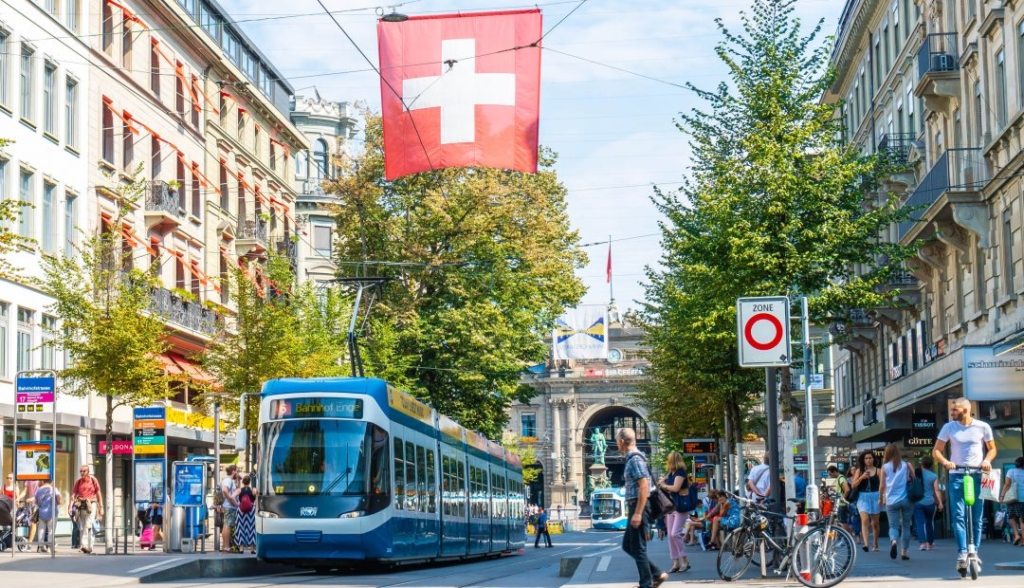
Most public transport services operate on stipulated timelines and some transportation systems operate on a full capacity basis, which means the vehicle will not start until it’s full. However, many cities across the world provide shared taxis when the essence of time is a factor. As the perceived quality of public transport users is widely recognized to be a determining factor on their behavior, the quality of public transport service being delivered has become one of the main priorities within sustainable transport politics as well. Given that it motivates and encourages travelers to choose modes of transport that are more efficient in their use of space and energy, hence making it more economical for them.
How important is public transport to us?
If someone looks in to the emerging trends in urban transport and the present initiatives that are making urban transport systems cleaner, safer, more efficient and more affordable, a collection of good practices applicable to small island nations that are being successfully implemented in similar countries and cities can be seen.
For example, a comprehensive integrated urban transport planning techniques that includes various forms of public transport systems such as Bus Rapid Transit (BRT) systems can be a game changer for such areas through proper integration with intelligent transport systems, alternative energy sources in transport, safety enhancement, use of hybrid and electric vehicles, congestion management, the promotion and use of non-motorized transport and cable cars.
When developing such a system, it is also important to focus on policies and techniques for developing disaster-resilient and climate-adaptive urban transport systems that can withstand the impacts of natural disaster, climate change and rising sea levels, which would be very useful for coastal cities and small islands such as ours here in Maldives. One of the most important factors for small islands and island nations to adapt to a more public transport oriented culture is to prove the feasibility of decarbonizing energy and transport systems on small island systems which could be a showcase that also fosters other efforts on climate change mitigation through replication of it for a more sustainable transport in coastal regions and cities of similar population sizes around the world.
When there isn’t a properly planned public transportation mechanism in place, due to urban sprawl in cities, the need of travel to work and for other purposes and increases dependence on the private motorized transport modes. At the end of the day, this leads to increased traffic congestion, energy consumption and higher polluting emissions. In other words, as economies become more advanced, the use of motorized transport, particularly private cars, increase as to what we see in the islands of Maldives.
In places where they have multiple islands whcih are connected, such as Addu City, Laamu atoll and Greater Male’ Area, these areas have certain distinctive road networks, wither old or newly built which result in the areas to have a defined travel pattern, which could favor public transport options through high-density travel corridors such as the links roads of each area and ring-roads which are being developed in islands such as Male’ and Fuvahmulah.
Even though this is the case, the current transport systems which are being built in Maldives are designed heavily on individual car ownership, which usually means combustion engine-based cars. It is observed that with increased GDP of nations, the individual car ownership also increases, hence it needs to be planned ahead to mitigate the increase of combustion engine-based car ownership.
Can a fleet of electric buses be the solution for the future?
In Maldives we typically have a very high energy cost due to a lack of economies of scales and expensive fuel costs resulting as we need to import fuels. This provides us with a very significant financial catalyst to accelerate the transition away from fossil fuels and go electric. As we speak of public transportation and transition from fossil fuels, one of the best alternative for us can be to introduce and develop an electric shuttle bus fleet for our cities mainstream uses and to provide cheap and reliable transportation services for the public. This would also help us in substantially saving from our fuel import costs in the long run.
A populated urban corridor, limited physical space, constricted road network, equatorial islands set forth a very clear potential for an innovative form of transport such as this. Through an integrated system where electricity is generated and fed to the grid by solar panels or other sources of such located around the islands and on the bus stops and buses itself. It would also be easy to control the charging condition through predetermined routes and bus stations. This also allows to develop and optimal charging infrastructure for the bus grids based on optimal location calculation through the predetermined routing systems through planning of a customer oriented system.
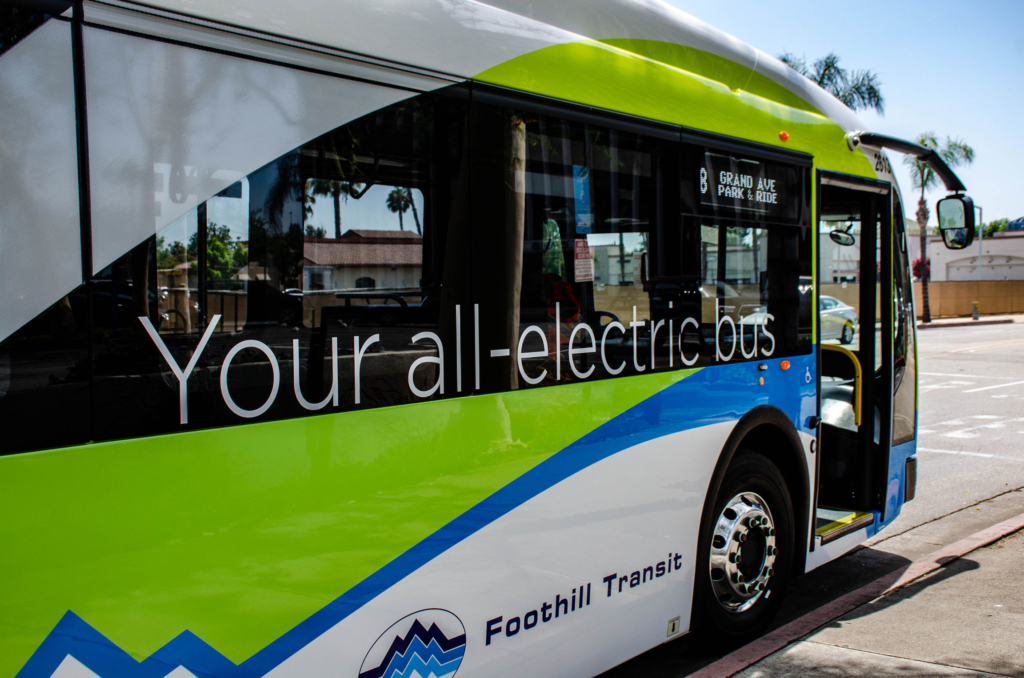
A close example of this being done is in Singapore; the country which Maldives hopes to become one day. Singapore introduced the first batch of 10 electric buses now being used for public transport in early 2020. The Land Transport Authority (LTA) that when fully deployed, the buses will save close to 8,000 tonnes of carbon dioxide a year which is equivalent to the amount generated by 1,700 cars. While the initial investment is considerably high, the long term benefits outweigh this in terms of cost savings and environmental friendliness. This also provides a cheaper mode of transport to the public who are to use them as the operational cost of the electric fleet is less than of the conventional diesel buses which are being used in parts of Maldives now.
While a total public transport electrification of such capacity and the required infrastructure hold many barriers, namely the high costs of batteries, and therefore, the high costs of the vehicles themselves, social resistance, and the availability of charging stations. So the question now is if the city councils or the government is ready or willing to step out of their comfort zones and invest in a a twenty-year or fifty-years investment into electric buses and charging infrastructure will lead to long-term financial savings for the state and from the people.
What do we need to look at while creating a positive attitude towards Public Transport
Door-to-door transport has the highest potential to meet residents transport needs and as cars and motorcycles are more than a means of transport to us Maldivians. Ownership of a car or a motorcycle has become an indicator of the standard of living and style of the populations around the world and in our society as well. So how do we change this?
At present, we do not expect that the public transport system will be able to provide a level of service that will attract large numbers of people who are currently using cars or motorcycles for their daily life needs. However, it is necessary to introduce or support policies that seek to increase public transport usage and change negative perceptions of and attitudes towards public transport which we have in our community right now. Public transport should be more competitive and take passengers needs and demands into account. These changes are possible only through a clear understanding of the influences affecting people’s choice of means of transport and attitudes towards transport. Therefore, it is necessary to obtain and evaluate information about passengers perceptions and attitudes that lead to the selection of a particular mode of transport before we start road development projects or any other such infrastructural developments which can be crucial for trip generation and trip attractions.
Transport behavior and the reasons for choosing one mode of transport over another are determined by many factors. The choice of means of transport can vary depending on the time, journey length and/or destination. To reduce car and motorcycle use, it is necessary to understand the underlying patterns of travel behavior in out communities as mentioned before. Currently, the car or motorcycle is more attractive than public transport for the commonly cited reasons of greater speed, comfort, convenience, reliability, sense of freedom, and social status of our community.
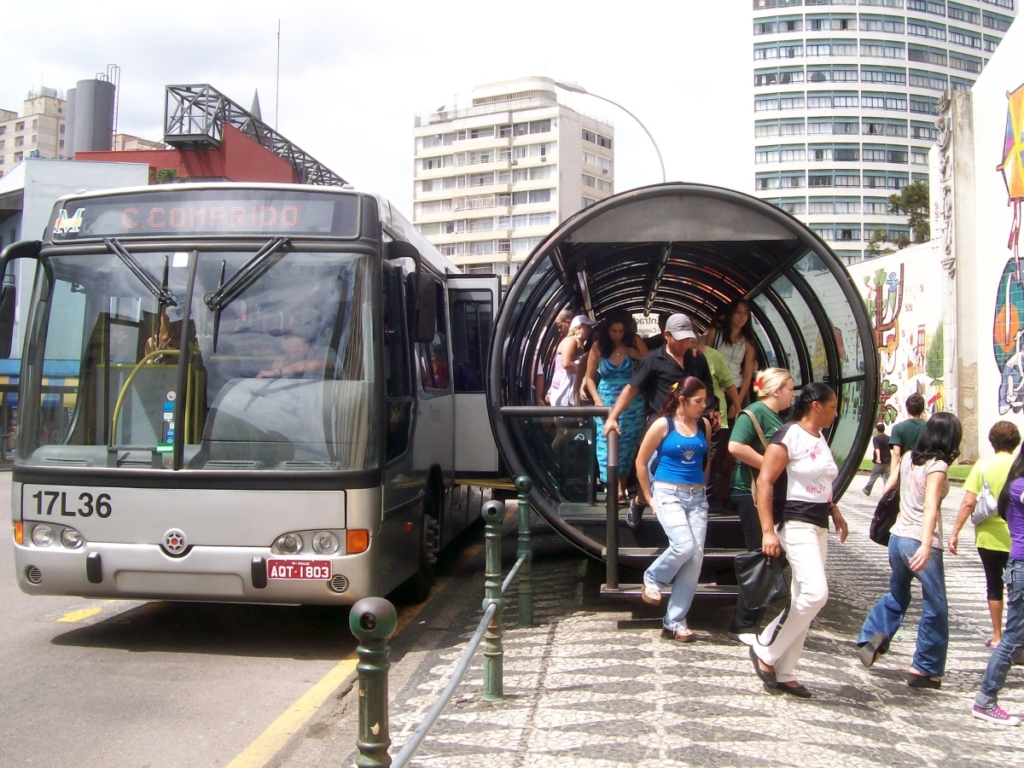
The quality of public transport service is often characterized by the accessibility of the public transport stop, frequency of the service, modernity of the vehicle fleet, adherence to timetables, connection speeds, and other factors. People are often affected by operating conditions, especially a lack of adherence to timetables, because they are focused on reliability (being on time), and another major problem is uncertainty of when the transport will arrive. Moreover, it is known that travel behavior is influenced by travel time and that the priority of time increases at the expense of distance. The extra time needed for travelling by public transport is the reason why many people use a car to commute to work every day.
These sums up almost all the issues which we seen in the islands now. Specially in the city of Addu where there are just a handful of buses (not to mention that those are oversize and more costly) which rarely stick to the schedules they have published and takes too long from point of origin to point of destination. In addition to this, the payments have to be done by cash/ coins which is not so convenient for the travelers. And if the travelers need to opt for a card option, it’s only a monthly travel card which is for students MVR 350 on the first month, after that MVR 300 per month and for adults MVR 650 for the first month after that MVR 600 per month. This also adds on to the limitations of the attractiveness of the public transportation we have.
In terms of economic aspects, the fare level is another attribute that can have a major negative impact on passenger satisfaction. Therefore, employment status and its nature, work schedule, work location, personal finances and the varying availability of places of residence affect the choice of means of transport. Travel behavior is also considerably influenced by psychological factors that are related to people’s attitudes towards the various means of transport. Now, people are focused on the speed of movement and often perceive public transport as slow and unreliable. Hence, these are the main factors which need to taken in to consideration during road developments and integration of public transport. By asking how can we satisfy our customers, we can develop a holistic integration of both.
Comfort is also highly valued by passengers. Hence, to attract more passengers to the public transport system, it is particularly important to know more about this group of factors that influence choice of transport and the measures needed to reduce car and motorcycle dependence. It is also known that people focus more on advantages than on disadvantages. In practice, this means that people perceive the speed and convenience benefits of using cars and motorcycles more than its negative impact on the environment.
Overcoming the general challenges
It’s a fundamental concept that local transportation sector is characterized by the existence of increasing returns to scale and by economies of scope to make it more attractive for people to invest in it for a sustainably viable operation to be carried out. But we do need to take in to account that we have very limited populations living in the islands or cities and this might not be viable for large scale investments. However, with the governments support and scaling it down to the short term demand needs of the areas, this can be made possible. As for Addu City, Southern Transport Link – a multi-model transportation company being run under Hithadhoo Ports Limited which operates buses and speed launches is doing the public transportation, making this even more opportunistic as the company is owned by the government.
By changing the current motor-buses through selling off at reasonable prices or trading to potential buyers in Maldives or nearby countries, we can replace the current motor-buses to electric ones which are smaller than the ones we have now which would be more optimal to be used within the city and further cut down costs. For the development of bus stops and charging points city council can outsource this after giving a design to the interested parties who can develop the stops and use those for their own advertising for a certain period of time after which the ownership would be taken to council.
Through proper planning of the roads and the transport system as whole to address the needs and wants of the public, such as scheduling to meet high demand timings, changing bust stop locations to high concentration areas and increasing the bus frequencies we can attract more people to start using the public transport rather than using their own cars and motorcycles. This would also help in lowering the number of road accidents, minimize the number of vehicles on our roads and also help our cities to be more green.
All of this starts with a proper plan to integrate public transportation in our city development projects. While the road development projects are being planned and expected to start soon in our cities, it is crucial for policy makers to push for this integration for the sake of sustainability and for our environment. This would help to avoid future complication which would arise when the population increases, and with it the number of vehicles on our roads leading to a more congested cities.

